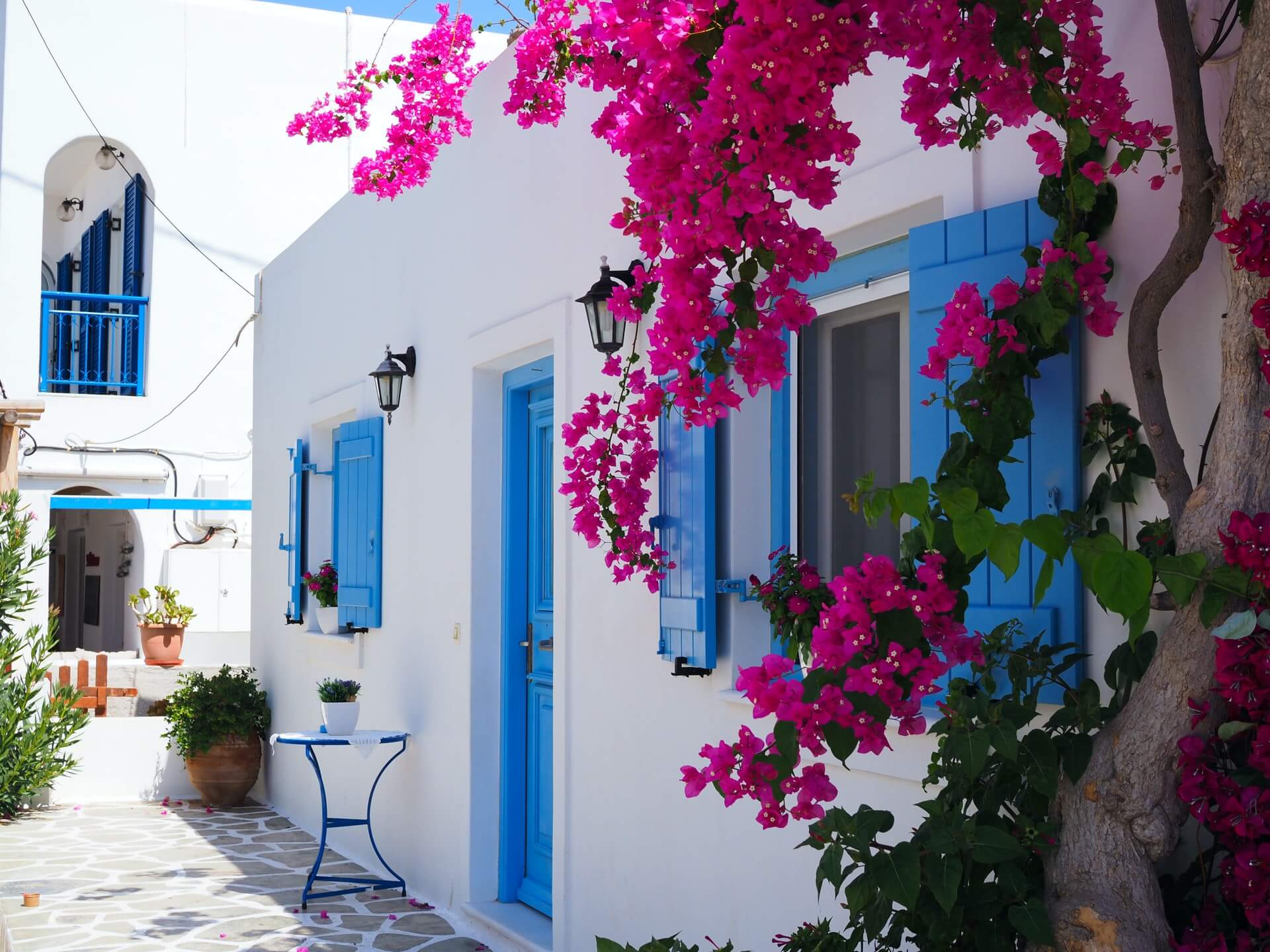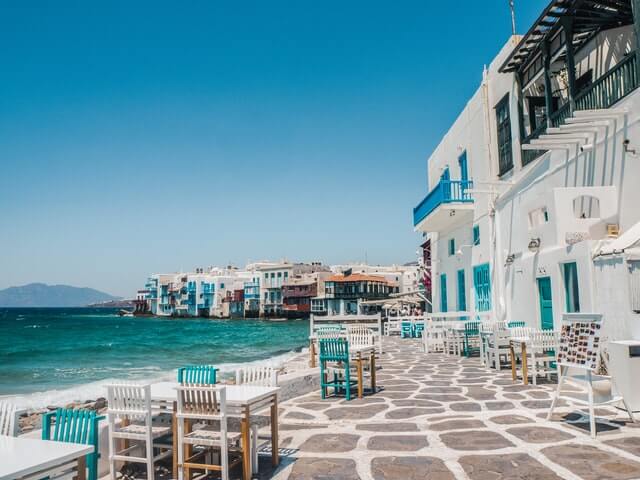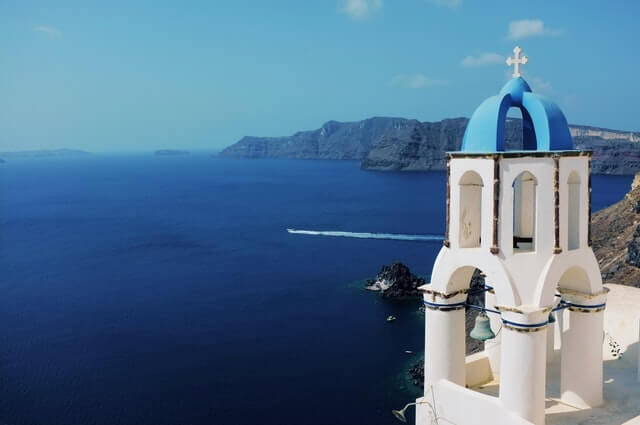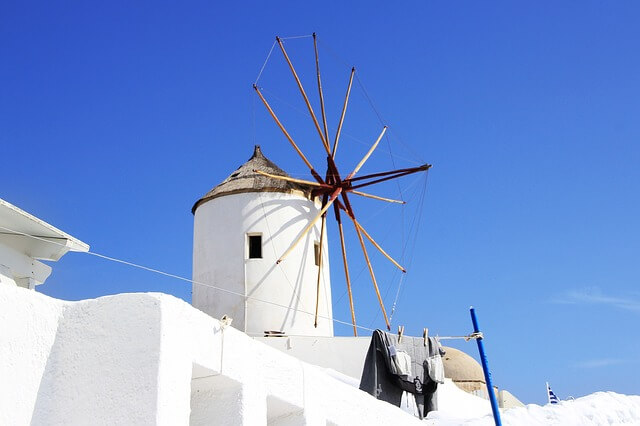
The Cyclades is a group of Greek islands known for their crystal clear waters and relaxing beaches. They also happen to be famous for their architecture, which features white and blue buildings that illuminate the landscape.
From Santorini to Mykonos and Paros and Thira, these islands are known for their bright white and deep blue buildings that light up the surroundings, mirroring the blue skies and white clouds. But how did they come to be?
In this guide, we’re going back in time to find out why the architecture on the 220-plus islands in the Cyclades are white and blue. So read on and discover everything you need to know about the colours of the Cycladic islands.
An aesthetic born out of dictatorship
Perhaps somewhat surprisingly, the history behind the Cycladic islands’ colour stems from the need to stop an infectious disease – at least that seems to be the most common theory. In 1938, cholera broke out in Greece, including in the Cycladic islands.

As a result of the outbreak, Metaxas, the then-dictator of Greece, passed a law that said all houses in the Cyclades needed to be whitewashed to stop the spread. And limestone was the material used to carry out the whitewashing, as it was considered a disinfectant.
The Greek military also ordered that everything be painted white so that buildings would mirror each other and look impersonal. This coincided with the spread of cholera, with both of these aspects leading to the whitewashing of the Cyclades.
Adding a touch of colour
Even when Greece was free from dictatorship in the late 1960s, islanders continued to use limestone to whitewash the buildings. With temperatures sometimes reaching as high as 40c, the bright white helped reflect the sunlight and cool down indoor temperatures in the houses.

The colour blue also has its own story of how it came to prominence, though it’s not quite as dramatic. Several accent colours were used for contrast to the white buildings, with blue being the most popular choice.
Folklore says that fishermen would paint the shutters of houses with whatever colour was left after they painted their boat. It just so happens that blue was the most used colour. The blue and white colours have since gone on to become a symbol of the islands and the whole of Greece, as they represent the colour of the flag.
Enjoying the white and blue of the Cycladic islands
While the colour of the Cyclades buildings was born out of a necessity to stop diseases and uniform the islands, today the white and blues are celebrated as a trademark of Greece. Millions of holidaymakers head to the Cyclades each year to soak up the sun, laze on the beaches and admire the architecture.

You can see the white and blue buildings on each island for yourself by doing a spot of island hopping across the Cyclades with a ferry found on Ferryscanner. It’s an opportunity to take in the history and embrace the natural beauty that surrounds the Aegean sea.